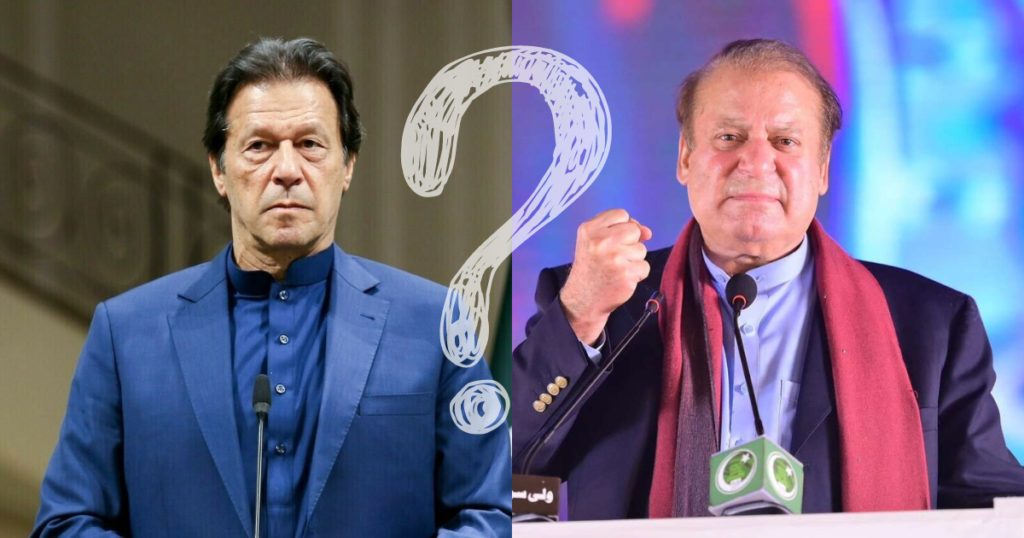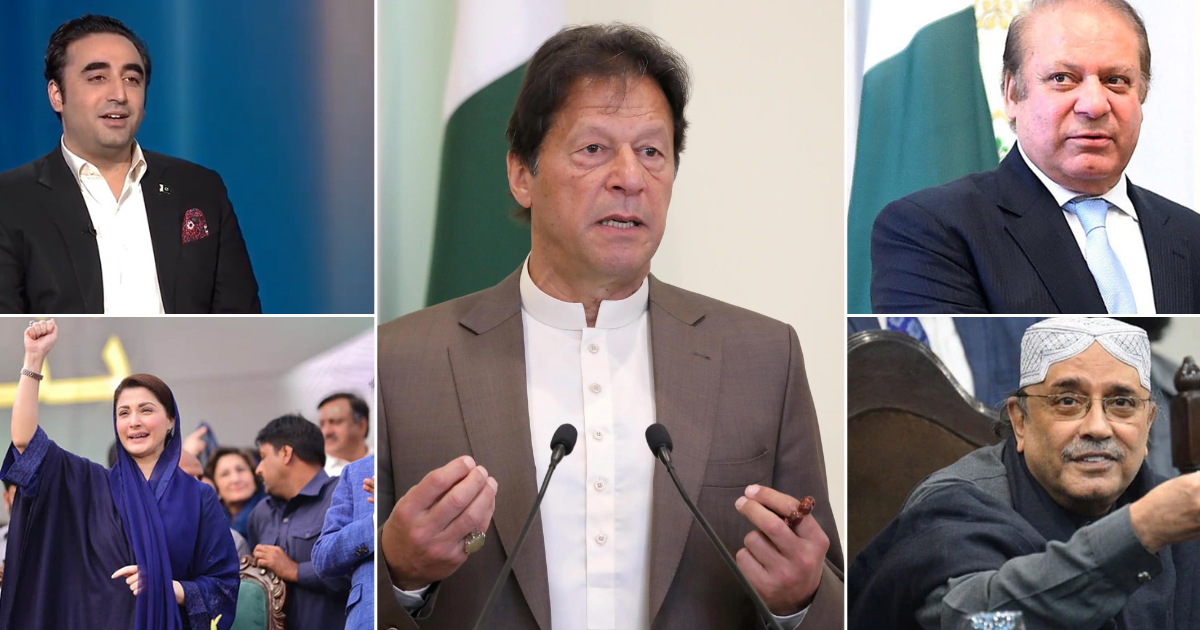The 2024 Pakistan general election delivered unexpected results, shattering conventional predictions and plunging the nation into a period of political uncertainty. Unlike previous elections marked by clear-cut victories, the current landscape is fragmented, with no single party holding a majority. Independents have surged, regional powerhouses have strengthened their influence, and traditional political entities find themselves struggling with newfound challenges. Dive in to explore the twists, turns, and potential consequences of Pakistan general election 2024 surprising results
With Imran Khan’s dream of a second term hanging in the balance and Nawaz Sharif’s comeback is overshadowed by legal hurdles, one question looms large: who will navigate this complex landscape and form the next government, shaping the future of a nation yearning for stability?
Who Won? Or Did Anyone?

No single party secured a commanding majority in the National Assembly. Imran Khan’s Pakistan Tehreek-e-Insaf (PTI) emerged as the largest party with 98 seats, yet fell short of the 137 required for a simple majority. Meanwhile, the combined tally of major opposition parties – Pakistan Muslim League-Nawaz (PML-N) and Pakistan Peoples Party (PPP) – stands at 128 seats, still insufficient for government formation. The rest of the landscape is filled with a significant number of independent candidates and smaller regional parties, adding a layer of complexity to the scenario.
What Led to This Outcome?
Multiple factors contributed to this surprising result. Firstly, there was widespread discontent with both major parties. Many voters perceived PML-N as corrupt and out of touch, while PTI faced backlash for its handling of the economy and perceived authoritarianism. This disillusionment prompted voters to look for alternatives, with independents and regional parties benefiting from the anti-establishment sentiment.
Secondly, the role of social media cannot be ignored. Platforms like Twitter and Facebook played a crucial role in mobilizing voters and amplifying alternative voices, especially among the youth. This digital activism disrupted the traditional narratives of established parties and played a part in shaping a more diverse political landscape.
Regional Disparities: A Divided Nation?
The election results also highlight Pakistan’s significant regional disparities. While PTI swept the Khyber Pakhtunkhwa province, its stronghold, PML-N made significant gains in Punjab. Meanwhile, PPP experienced a resurgence in Sindh, and Balochistan’s political landscape remains complex. This regional variation further complicates the formation of a stable government and prompts concerns about national unity.
So, What Now?
With no clear winner, the responsibility now falls on forming a coalition government. This process is expected to be prolonged and fraught with challenges. Both PTI and PML-N will be vying for the support of independents and regional parties, potentially resulting in political horse-trading and compromises. The ideological differences between these parties, along with internal power struggles, make the prospect of a stable coalition government uncertain.
The Bigger Questions:

The election results raise several questions about Pakistan’s political future:
-
Will a stable government emerge?
Forming a stable coalition government under these circumstances will be a challenge. Ideological differences between parties, requests for power-sharing, and the possibility of regional objections may hinder the process.
-
What does this mean for Khan?
Despite falling short of a majority, Khan’s significant performance maintains his relevance. His decisions moving forward, whether to form a coalition or stay in opposition, will have a profound effect on the political terrain.
-
Are the traditional powerhouses fading?
The emergence of independents and regional parties signals a potential shift in Pakistan’s political landscape. Could these groups become credible alternatives to the established parties?
-
What about the economy and other pressing issues?
As the focus shifts to government formation, pressing issues like inflation, unemployment, and security could be delayed, raising concerns about governance effectiveness.
Conclusion
The Pakistan general election 2024 surprising results have placed the country at a pivotal juncture. Despite the challenges posed by the fractured political landscape, there exists a chance for a new era of collaboration and inclusivity. The upcoming weeks will be critical in determining whether Pakistan can navigate this intricate political terrain and build a stable and prosperous future for its citizens.


